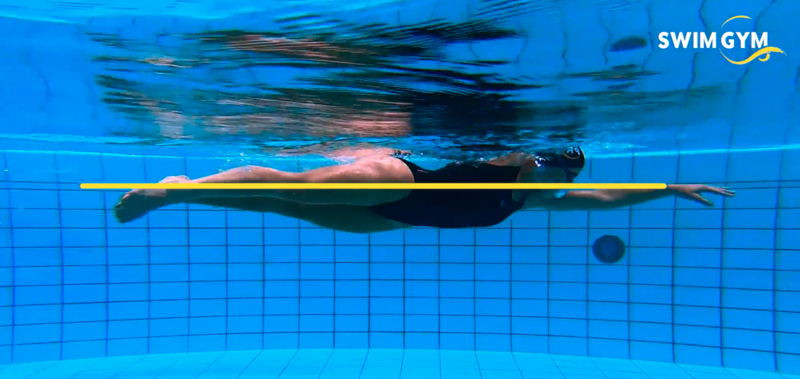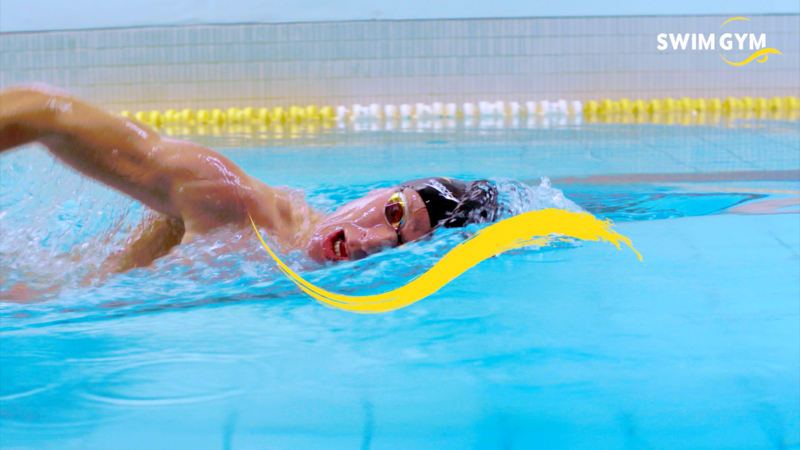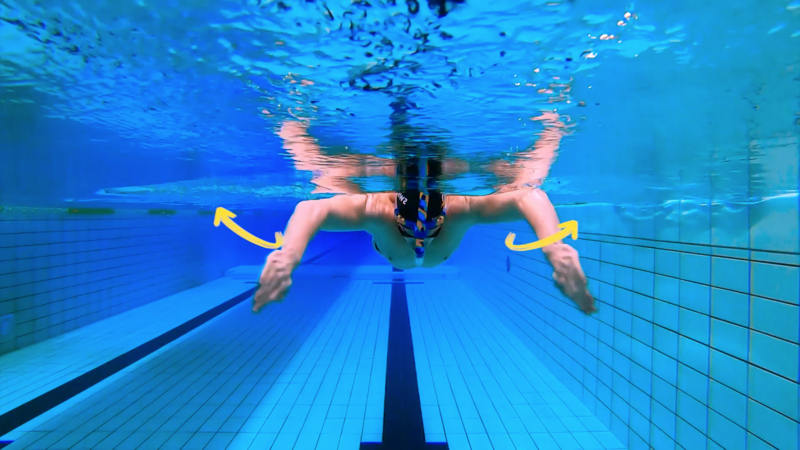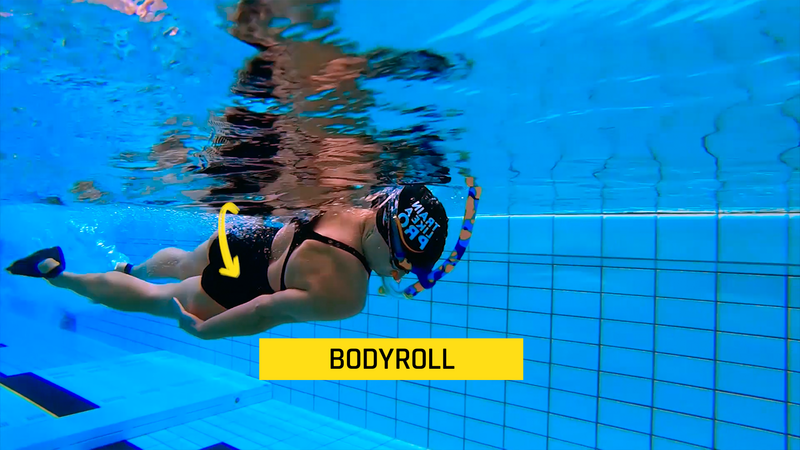Swimming blog - TRAINING and PULL Why do I swim faster with a pull buoy?
A pull buoy is a great tool and can be found in almost every swimming pool around the world, and a lot of swimmers swear by them. Ever wonder why you speed up when you swim with a pull buoy and overtake faster swimmers? Why does it feel like you are gliding through the water and can swim for longer distances untroubled? Let’s have a look at the main reasons why you swim faster with a pull buoy.
Improves body position
As a flotation device, the pull buoy lifts up your legs in the water and improves your body position. Sinking legs are the number one body position killer in swimming. Lifting your legs so you are lying flat in the water can reduce frontal drag by up to 80%. That is a heck of a lot of resistance you are eliminating in one very easy step, namely placing the pull buoy between your legs. This is why you are able to swim faster straight off the bat; less drag.

Your legs are no longer a liability but an asset: nice and straight out the back of your body. This illustrates the importance of a good body position in swimming. This makes swimming with a pull buoy heavenly, but how may you improve your body position more permanently?
The answer is by kicking more often. Kicking is the best way to improve your body position systematically. One of our upcoming blogs will be on how to make your kick stronger. Don’t miss it. But in the meantime, include kick sets in your training. If you want inspiration, go to SwimGym.com and choose a kick specific training from our hundreds of workouts.

Improves your breathing
Have you noticed how much easier your breathing is with a pull buoy? You are not out of breath so quickly. Well, that is because you don’t use your legs when using the pull buoy. Your legs use more oxygen because the leg muscles are bigger. And even though kicking is great for improving your body position, it is tiring.
So how does this help you to swim quicker? It helps you to swim longer distances without stopping and whereas before you might have had to take frequent breaks, you can now swim for longer distances without stopping, building up aerobic and swim fitness all the while and making you faster. The pro swimmer at your local pool can swim fast and continuous and now you can copy this with the pool buoy.

The pull-through can be isolated
As already mentioned, the body sits higher in the water and with less drag you can isolate the pull-through. The pull-through is the main form of propulsion and now with less drag you can experience the full effect of your pull-through. You will feel as if you are gliding through the water and you will swim faster because of it.
Swimming with the pull-buoy encourages you to complete the pull-through and push completely out the back of the stroke which is good technique and faster swimming.
Sculling is a great way to practice this part of your stroke and make you a pro at the pull-through for when you lay the pool-buoy aside.

Easier rotation
Have you noticed that you rotate easier with a pull buoy? You feel like your hips are swaying from left to right. This is your body rotation in action through what we call the body roll. The body roll gives us a better grip on the water and aids in a good arm recovery. Both of these things make you a faster swimmer.
It may feel really awkward the first time you swim with the pull buoy because of how freely the body rolls. This will teach you to keep your balance by being more stable in the water. This can also be trained with the body roll drill that can be found in our drills section at SwimGym.com

These are the reasons why a pull buoy will make you swim faster and give you more enjoyment from your swimming experience, but let it be your teacher in improving your body position, swimming with less legs, applying a better pull-through and having a more stable and balanced body roll instead of using it as a crutch to mask the things you are struggling to master.
Written by Michael Stolt